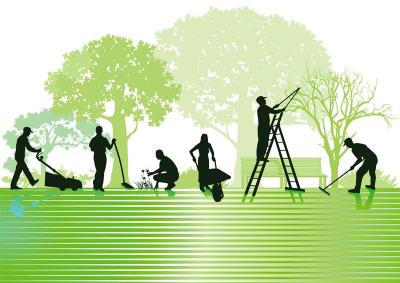The restoration and enhancement of rural architectural heritage
Introduction
The restoration and enhancement of rural architectural heritage requires specific qualifications. These professions, rooted in traditional know-how, require mastery of ancestral techniques often passed down from generation to generation. However, these skills are becoming rare, as few specialized professionals still practice these precise and proven techniques today.
The lack of organization to identify these skills, combined with the retirement of many experienced craftsmen, raises a major problem: how can we preserve and transmit this essential knowledge to maintain our architectural heritage?
Know-how in danger of disappearing
Dry stone techniques are an emblematic example. This know-how consists of assembling stones without mortar, using a meticulous and stable arrangement, allowing the construction of walls, terraces and buildings that stand the test of time.
These techniques require in-depth knowledge of materials, tools and precise gestures. Key skills include:
- The selection of stones according to their shape, size and resistance.
- Methodical assembly , respecting weight and stability constraints.
- Adaptation to the terrain , to harmoniously integrate these constructions into the landscape.
The importance of intergenerational transfer
The transmission of know-how is essential to preserve this heritage. Senior craftsmen play a crucial role in sharing their experience and knowledge with younger generations.
Intergenerational transfer is based on several principles:
- Observation and imitation : Learners observe artisans at work, then reproduce their gestures under their supervision.
- Regular practice : Repetition is essential to mastering these complex techniques.
- Theoretical knowledge : Understanding the history, materials and tools is essential to give meaning to the practice.
The promotion of heritage professions
These professions are not limited to preserving the past; they also participate in the revitalization of rural areas. Restoring heritage elements means:
- Strengthen the cultural identity of a region.
- Promote sustainable and environmentally friendly tourism.
- Create local jobs and promote artisanal skills.
To attract new vocations, it is crucial to promote these professions, often wrongly perceived as outdated. In reality, they combine tradition and modernity, integrating contemporary concerns such as sustainability and ecology.
Conclusion
The preservation of rural architectural heritage is a collective challenge that requires a strong commitment to transmitting know-how that is disappearing. Through intergenerational transfer, experienced craftsmen become the transmitters of traditions that are essential to preserving these treasures.
By promoting these professions, we ensure the sustainability of unique know-how, while contributing to sustainable development and the cultural enrichment of the territories.
Caractéristiques du cours
- Conférences 0
- Quiz 0
- Durée 10 semaines
- Niveau de compétence Tous niveaux
- Langue Français
- Étudiants 1
- Certificat Non
- Évaluations Oui
Détails
- 1 Section
- 0 Lessons
- 10 Weeks
- 0






